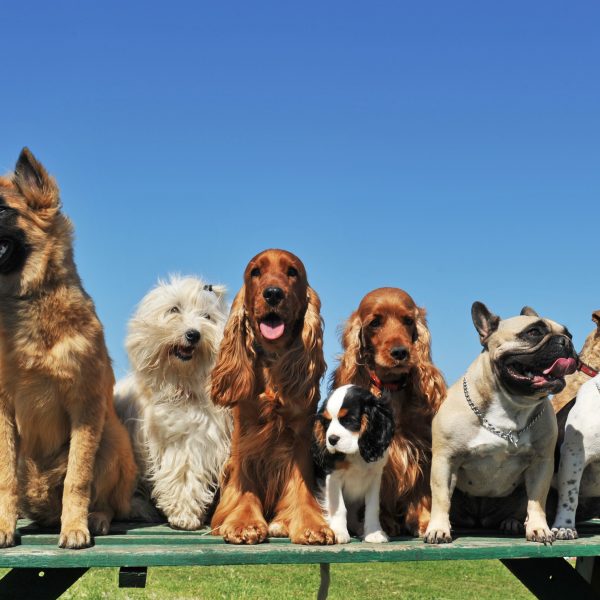3 Tips for Finding Your Next Dog

When you’ve decided to get a dog, it’s an exciting time and process. Whether you’re getting your first dog, adding a second dog to your home, or getting another dog after an old friend crossed the rainbow bridge, there are a lot of things to think about. Here are a few tips for finding your next dog:
1. Think About Your Current and Future Situation
Getting a dog or a puppy is a commitment. Before bringing one home, it’s important to think about your current situation as well as what your situation might be 5, 10, or 15 years from now. This will help give you the information you need to start researching dog breeds to find the right one for you.
How much time will you be able to commit each day to walks, playtime, and grooming? Do you live in a larger home or a smaller apartment? For how much of the day will you need to leave your dog alone? Do you have experience training dogs?
Answers to these questions can help you determine the size of the dog you can or cannot handle as well as grooming level, energy level, trainability, and more. For example, if you live in a small apartment and can’t commit several hours a day to exercise, then you know a large, high-energy dog breed is not for you.
2. Do Your Research
Once you have an idea about what you can and cannot handle in a dog, then you can start doing your research. Learning more about dog breeds that you think might be a good fit for you will help you narrow down further to those that are most likely to be a good fit for your lifestyle. As you look into specific dog breeds, dig into their breed-specific temperament, adaptability, health issues, trainability, grooming requirements, size, and lifespan.
This will give you a good idea for each dog breed about whether they are generally good with children, other dogs, other pets, or strangers. You’ll get a picture of how well they deal with size restrictions, like living in an apartment, and how well they can handle alone time. Looking into breed-specific health issues can illuminate anything you may need to keep an eye out for and deal with as your dog gets older.
Trainability will give you an idea of how easily a dog breed usually is to train and how much experience an owner should have to handle them. Finally, grooming requirements will give you an idea of how much time you’ll need to dedicate to properly grooming your dog. For example, will they need to be brushed every day or just once a week? What about professional grooming?
3. Visit Puppies In-Person
As you narrow down your search to a couple of specific breeds, then it’s time to start looking for puppies and meeting them! There are plenty of online resources for finding puppies for sale. You want to make sure that you are planning visits to purchase from reputable breeders and you also want to make sure you meet any puppy you are interested in purchasing in-person.
When it comes to things to look for when buying a puppy, one of the big things is their current environment and appearance. You want to make sure any puppy you’re looking at is being raised in a good, clean environment and that they are healthy and loved. Sometimes, people say their dogs chose them. So, meeting puppies in-person also gives you a chance to see if any of them make a special connection with you.
A dog can really add something special to your life. With these tips for finding your next dog, you’re set to find the right fit for you and one that will truly become your furry best friend.
